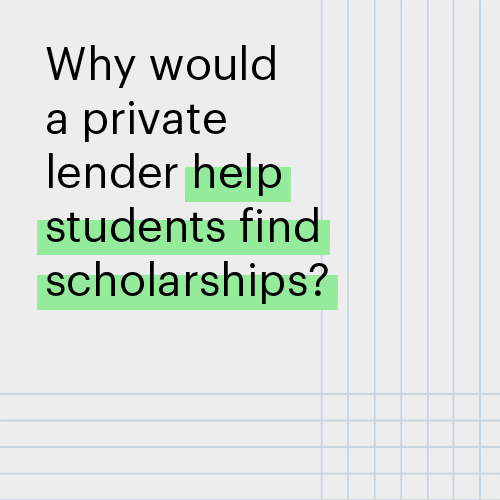Editor’s Note: Morning Money is a free version of POLITICO Pro Financial Services morning newsletter, which is delivered to our s each morning at 5:15 a.m. The POLITICO Pro platform combines the news you need with tools you can use to take action on the day’s biggest stories. Act on the news with POLITICO Pro. Federal Reserve Chair Jerome Powell has voiced confidence in recent months that the central bank can cool the economy enough to tame rampant inflation without causing a recession. The bond market doesn’t share his optimism. Investors briefly pushed the yield on two-year Treasury securities above the yield for the 10-year note on Tuesday for the first time since 2019. The so-called yield curve inversion is seen as an important predictor of a potential economic downturn — or, at least, of future interest-rate cuts — and suggests investors believe the Fed will tighten rates too aggressively and be forced to reverse course. “At the very least, an inverted curve … is a symbolic message from market participants regarding expectations of a recession,” said Stifel Financial Chief Economist Lindsey Piegza. “With the Fed vowing to raise rates ‘aggressively,’ the risk of a recession has jumped to over 50% within the next 21 months.” Does that mean a recession is imminent? No. It’s also worth noting that while the 2019 inversion was followed by a recession, that downturn was caused by a global pandemic – hardly something investors could have foreseen. In other words, correlation is not necessarily causation. Of the 28 yield curve inversions that have happened since 1900, 22 of them were followed by a recession, according to data compiled by Anu Gaggar, global investment strategist for Commonwealth Financial Network, and her team. But even then, the length of time between inversion and recession was highly uncertain. On average, a downturn occurred within 22 months – but it ranged from six months later to 36 months later, she said. “It’s not a very reliable timing indicator in terms of when we will see recession,” Gaggar said. A quick look at the underlying fundamentals of the U.S. economy suggests it won’t be anytime soon. The labor market is rapidly improving. The number of Americans applying for jobless benefits fell to its lowest level in more than 50 years, the government said last week. U.S. job openings fell slightly in February, but were still well above their pre-pandemic average, a sign that employers are still struggling to hire workers. Wages have climbed at the fastest pace in years, continuing to power household spending despite higher inflation. While forecasters expect a step down in U.S. economic growth this year, output will be slowing from a blistering pace in 2021, when the economy saw the strongest growth in four decades. Aggregate demand is still strong as are household and business balance sheets, Powell said this month. “In my view, the probability of a recession within the next year is not particularly elevated,” he said at the Fed’s post-meeting press conference March 16. Powell also recently pointed to research from two Fed economists proposing that a much better predictor of interest-rate cuts is a measure they call the “near-term forward spread,” based on yields that mature within the next two years. While the spread between two-year and 10-year yields has flattened, the near-term spread has climbed since earlier this year, when officials signaled they were ready to begin raising rates. “Ultimately, we argue there is no need to fear the 2-10 spread, or any other spread measure for that matter,” Eric Engstrom and Steven Sharpe said in an update to their 2019 paper published last week. “At best, the predictive power of term spreads is a case of ‘reverse causality.’ That is, term spreads predict recessions because they impound pessimistic—often accurately pessimistic—expectations that market participants have already formed about the economy, and thus an expected cessation in monetary policy tightening.” So why are signs in the bond market flashing red right now? Gaggar said it may be due in part to how fast this business cycle has unfolded — the economy plunged into a deep recession at the start of the pandemic, bounced back strongly within several months and has been surging over the past year. Now, with inflation near four-decade highs, the Fed is preparing to raise interest rates much faster than many forecasters expected even a few months ago. At the same time, strong global demand for safe-haven Treasury securities is continuing to keep rates for long-term debt subdued. “This was bound to happen,” she said of Tuesday’s brief inversion, but added, “The underlying fundamental factors for the economy don’t reflect a recessionary environment yet.” IT’S WEDNESDAY — What’s your preferred recession indicator? We want to hear about it: kdavidson@politico.com, aweaver@politico.com, or find us on Twitter @katedavidson or @aubreeeweaver.
| 
